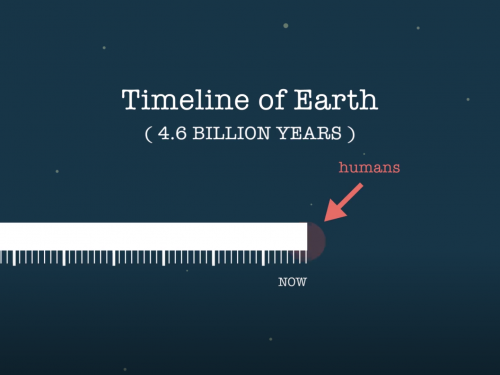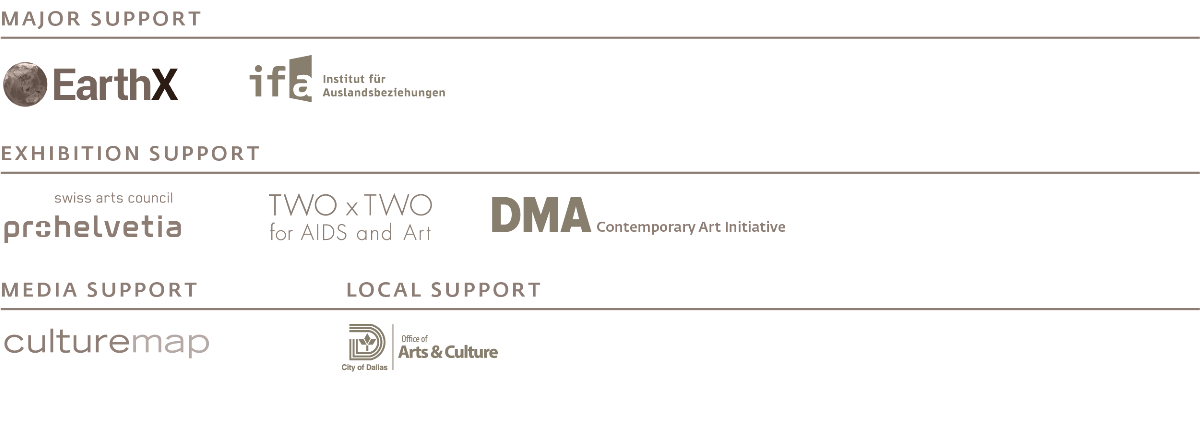ABOUT THE EXHIBITION
May 2 to August 8, 2021 | Hoffman Galleries
Berlin-based French-Swiss artist Julian Charrière creates work that bridges the realms of environmental science and cultural history. This focused exhibition—Charrière’s first solo museum exhibition in the US—provides immersive encounters with the artist’s melancholic and beautiful portraits of nature in the human era, culminating with his most recent video project, Towards No Earthly Pole. This large-scale cinematic environment considers Arctic glaciers’ borderless existence and presents intertwining narratives of colonialism, environment, and the geographical imaginary.
ABOUT THE ARTIST
Julian Charrière (born 1987, Morges, Switzerland) investigates the complex and contingent relationship between humankind and the natural world, one rooted in considerations of geological time, histories of exploration and extraction, and the limits of human knowledge and understanding. The Anthropocene, our current geological era, serves as the defining context of Charrière’s work. Climate change and its devasting effects haunt the artist’s films, sculptures, and photographs like a specter, but nature remains beautiful, enduring, and unknowable. His melancholic portraits of a natural world in crisis are reflective and catalytic in equal measure, reckoning with destructive human attempts to conquer nature and its capacity to resist us.
This exhibition brings together five bodies of work from Charrière’s diverse practice, displaying beautiful, contemplative portraits of nature at the brink of ecological disaster. As we stand at this crossroads, Charrière offers powerful and thoughtful meditations on the impact of human life on the world we inhabit — and how our collective idea of “nature” changes under pressure.
i
NO EARTHLY POLE, 19TH-CENTURY ROMANTIC ART, & THE ARCTIC
Romantic Art
In Romantic art, nature—with its uncontrollable power, unpredictability, and potential for cataclysmic extremes—offered an alternative to the ordered world of Enlightenment thought.
Romanticism is both an artistic and a literary movement that began in France and Britain at the end of the 18th century and flourished until the mid-19th century. Many artists during this period illustrated nature as a beautiful and uncontrollable force, deviating in philosophy from the orderly world of Enlightenment thought from the century prior. Typified by sweeping atmospheres and lone human subjects dwarfed by the vastness of their earthly environment, Romantic art, similarly to Julian Charrière’s works, looks to the landscape as a subject of visceral personal emotions and questions of human existence.
The Arctic
Frederic Edwin Church’s The Icebergs is an example of long-standing public fascination with the Arctic. The painting is characterized by sweeping views and dramatic uses of light, strategies that Charrière similarly employs in Towards No Earthly Pole. After failing to attract US buyers in 1861 due to the ongoing Civil War, Church sent it to London, after making two notable alterations: he changed the title from The North to The Icebergs, to avoid an association with the Union, and added a broken mast to the foreground, a possible reference to Franklin’s expedition.
The Arctic’s continued appeal as something fantastic and otherworldly is evident in Towards No Earthly Pole. Though indigenous communities have been living symbiotically with the Arctic environment for centuries, Franklin’s expedition and Church’s painting point to the arrogance of imperial attempts to conquer and claim the polar landscape. Charrière’s film suggests that despite advances in scientific knowledge, we are still fascinated with, and ignorant of, a land that retains its power to resist us.




